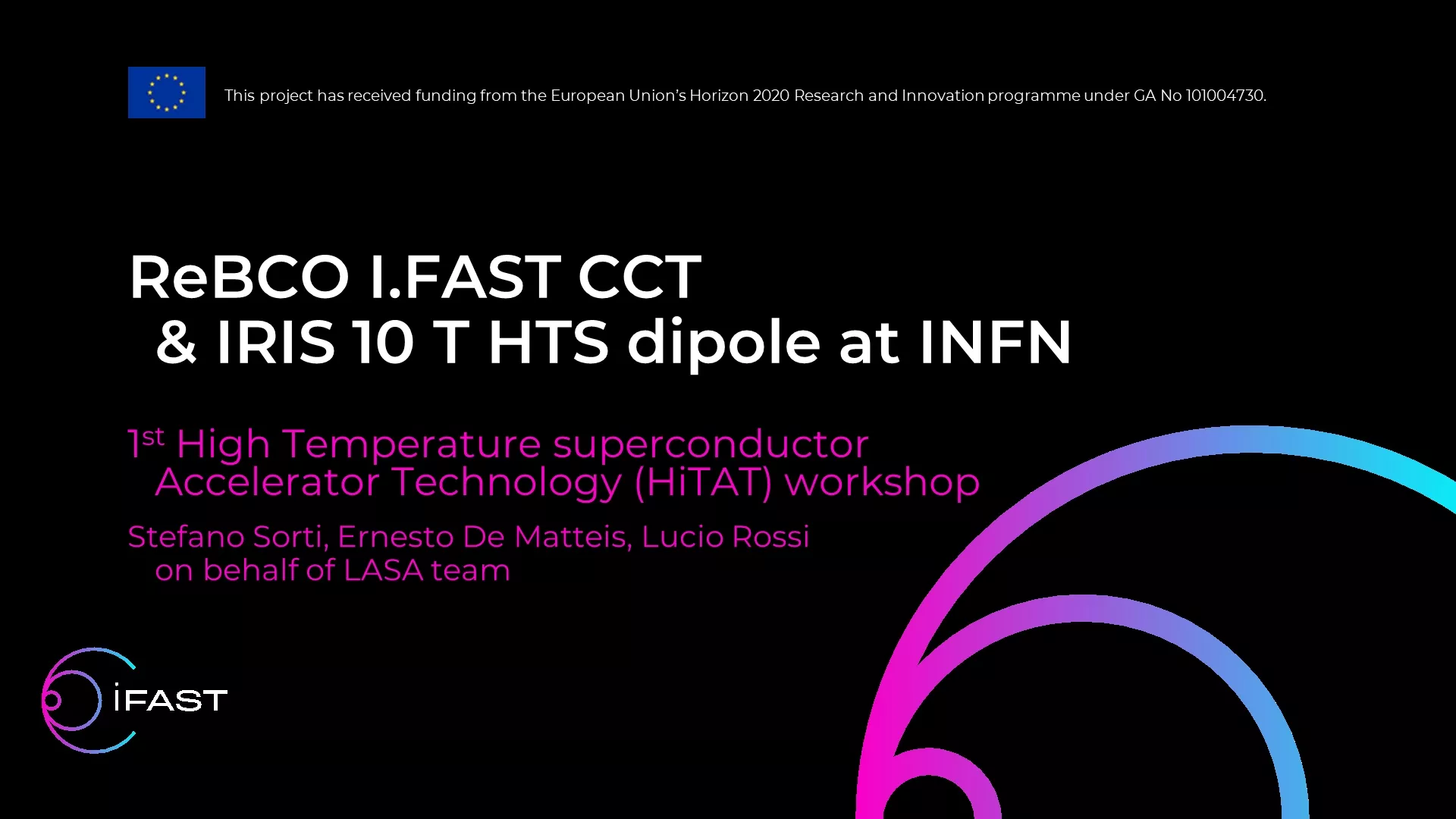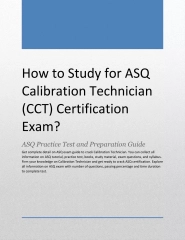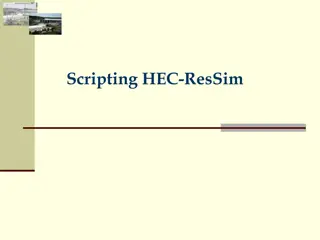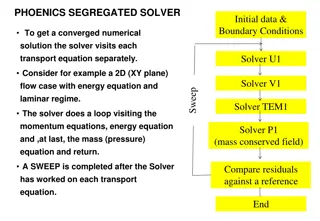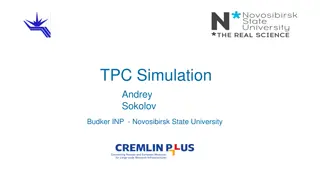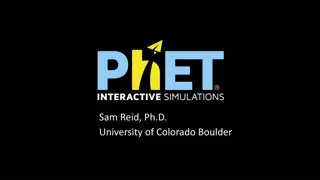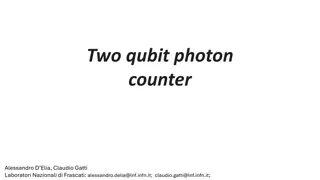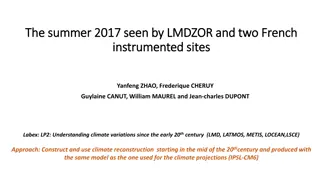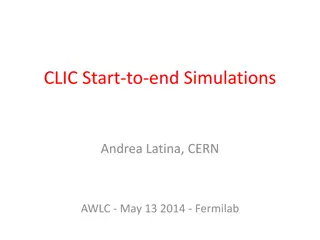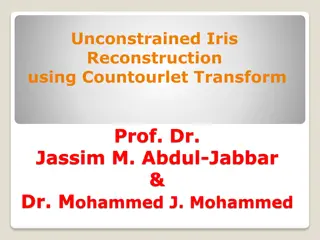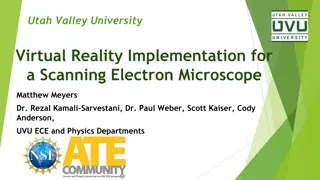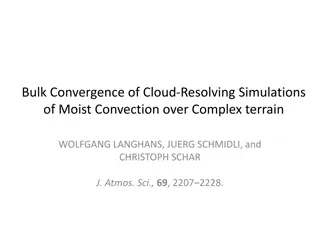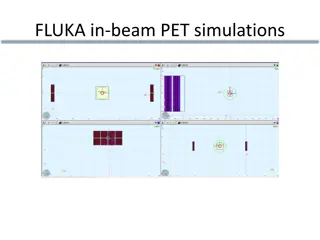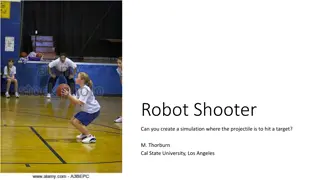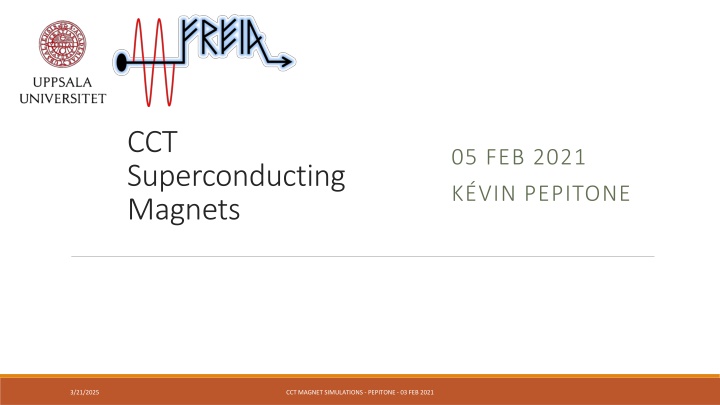
CCT Superconducting Magnets
Explore the definition, history, and mathematical models of CCT magnets, which consist of concentric helical coils with a unique winding shift. Learn about the theoretical principles behind CCT magnets and their applications in high-energy physics, as well as analytical and numerical simulations. Delve into the future possibilities of CCT magnet simulations for advanced research and development.
Download Presentation

Please find below an Image/Link to download the presentation.
The content on the website is provided AS IS for your information and personal use only. It may not be sold, licensed, or shared on other websites without obtaining consent from the author. If you encounter any issues during the download, it is possible that the publisher has removed the file from their server.
You are allowed to download the files provided on this website for personal or commercial use, subject to the condition that they are used lawfully. All files are the property of their respective owners.
The content on the website is provided AS IS for your information and personal use only. It may not be sold, licensed, or shared on other websites without obtaining consent from the author.
E N D
Presentation Transcript
CCT Superconducting Magnets 05 FEB 2021 K VIN PEPITONE 3/21/2025 CCT MAGNET SIMULATIONS - PEPITONE - 03 FEB 2021
Outline CCT magnet Definition and history Mathematical model Analytical simulations Numerical simulations 3D simulations Future 3/21/2025 CCT MAGNET SIMULATIONS - PEPITONE - 03 FEB 2021
CCT Magnets: Definition What is a CCT magnet ? o Often called double-helix coils or tilted coils, the Canted-Cosine-Theta (CCT) coils are made of two concentric modulated helical coils having a winding shift of and inverse currents. o Canted-Cosine-Theta magnet is based on the superposition of two oppositely skewed solenoids with respect to the bore axis o Configuration proposed in the 60 s by D.I. Meyer and that will be used for first time for high- energy physics particle accelerator D.I. Meyer, R. Flasck, A new configuration for a dipole magnet for use in high energy physics applications, Nucl. Instrum. Methods, Vol. 80, Issue 2, 1970 3/21/2025 CCT MAGNET SIMULATIONS - PEPITONE - 03 FEB 2021
CCT Magnets: Definition Mathematical model I Consider the an ideal infinitely long, tightly wound, tilted solenoids and a particle focusing spot small compared with the dimensions of the coils. The magnetic flux density per unit current (or transfer function) can be defined by: ? Bz z y ??=?0 2?cos? B1 By ??=?0 2?sin? Each turn of the coil can be well approximated as an ellipse tilted at an angle with respect to the axis of the coil. d is the wire effective diameter ?0= 4 10 7T m/A magnetic constant J. Alonso, et al., J. Magn. Reson., Vol. 235, pp. 32-41, 2013 3/21/2025 CCT MAGNET SIMULATIONS - PEPITONE - 03 FEB 2021
CCT Magnets: Definition Mathematical model I I Consider the two ideal infinitely long, tightly wound, tilted solenoids and a particle focusing spot small compared with the dimensions of the coils. The magnetic flux density per unit current (or transfer function) can be defined by: Bz Bz -Bz z z I y y ??1=?0 ??2=?0 B1 B1 B2 2?cos? 2?cos? By By By ??= ???????=?0? ?cos? ??1=?0 ??2= ?0 2?sin? 2?sin? d is the wire effective diameter ?0= 4 10 7T m/A magnetic constant J. Alonso, et al., J. Magn. Reson., Vol. 235, pp. 32-41, 2013 3/21/2025 CCT MAGNET SIMULATIONS - PEPITONE - 03 FEB 2021
CCT Magnets: Definition Mathematical model The ideal current distribution on an infinitely long conductive cylinder, for producing the best homogeneity of a transverse magnetic field inside the cylinder, is: ? ? = ? cos? The axial current density of a CCT coil can be described is: Constant canceled by the second coil ? cos? ? tan?+ ? ??= ??? + ?????= 2???tan? Proportional to The current density of the CCT magnet is: h is the pitch of the winding is the azimuthal angle around the cylinder ?????= 2??? ~cos? A. Akhmeteli, et al., IEEE Trans. Appl. Supercond., pp. 1439-1443, 2005 3/21/2025 CCT MAGNET SIMULATIONS - PEPITONE - 03 FEB 2021
CCT Magnets: Advantages Perfect field: As true a cosine-theta current density distribution Field quality over the straight section without optimization required Low conductor stress: Structure intercepts Lorentz-Forces, reduced coil stress by an order of magnitude No need for pre-stress Cost-effective: All poles inclusive just like solenoids, inherently a 3D structure Small number of components 10 drawings instead of 100, so fewer components and less tooling to assemble Coil assembly not needed (all poles are wound together around a single bore) Compatibility between NbTi, Nb3Sn and HTS But requires about 50% more conductor than normal sector coils 3/21/2025 CCT MAGNET SIMULATIONS - PEPITONE - 03 FEB 2021
Simulation: Analytic model in 1D and 2D MATLAB A tool developed by Loic Qu val can be used to pre-design a CCT magnet. This MATLAB script analytically and numerical calculates the magnetic field generated by a modulated double helical coil (double helix coil, canted-cosine- theta coil). Parameter ? Value 40 Unit deg Description Title angle ? 46 mm Inner radius ? 50 mm Outer radius ? ? ?? 100 Number of turns ? 3.8e-3*sin(alpha) mm Pitch ? Multipoles (? = 1for a dipole, 2 for a quadrupole, ) 1 ? 2 A Current is the azimuthal angle around the cylinder L. Qu val, R. Gottkehaskamp, "Analytical field calculation of modulated double helical coils," IEEE Trans. Appl. Supercond, vol. 25, no. 6, p. 4901307, 2015. 3/21/2025 CCT MAGNET SIMULATIONS - PEPITONE - 03 FEB 2021
Simulation: Analytic model in 1D and 2D MATLAB Equations used for the magnetic field calculations are the following in cylindrical coordinates (?,?,?). ? 1 ? ?? ? ?? ? ?0 sin ?? + ? , ? < ?? 2tan ? ?? ??= ?+1 ? ?? ? ?? ? ?0 sin ?? + ? , ? > ?? ?? is equal to ??or ?? 2tan ? ?? ? is the phase shift of the outer coil (??= 0 and ??= ?). ? 1 ? ?? ? ?? ? ?0 cos ?? + ? , ? < ?? 2tan ? ?? ??= ?+1 ? ?? ? ?? ? ? ?0 cos ?? + ? + ?0 2??, ? > ?? 2tan ? ?? ? , 0, ??= ?0 ? < ?? ? > ?? L. Qu val, R. Gottkehaskamp, "Analytical field calculation of modulated double helical coils," IEEE Trans. Appl. Supercond, vol. 25, no. 6, p. 4901307, 2015. 3/21/2025 CCT MAGNET SIMULATIONS - PEPITONE - 03 FEB 2021
Simulation: Analytic model in 1D and 2D MATLAB 3/21/2025 CCT MAGNET SIMULATIONS - PEPITONE - 03 FEB 2021
Simulation: Numerical model in 1D and 2D MATLAB After calculations of the Biot-Savart law we obtain can numerically calculate the CCT magnet in 1D and 2D. 1D results are given at 45 and 2D results have a discretization of 1 . M. N. Wilson, Superconducting magnets, Oxford: Clarendon Press, 1983. 3/21/2025 CCT MAGNET SIMULATIONS - PEPITONE - 03 FEB 2021
Simulation: Numerical model in 1D and 2D MATLAB 3/21/2025 CCT MAGNET SIMULATIONS - PEPITONE - 03 FEB 2021
Simulations: Fields with MATLAB 3/21/2025 CCT MAGNET SIMULATIONS - PEPITONE - 03 FEB 2021
Simulation: 3D with CST 3D simulations of the magnet can be performed, quite easily, using CST 3/21/2025 CCT MAGNET SIMULATIONS - PEPITONE - 03 FEB 2021
Simulation: 3D with CST 3/21/2025 CCT MAGNET SIMULATIONS - PEPITONE - 03 FEB 2021
Future Model using a CAD software to produce a step file 3Dprinting prototype. A company in Karlstad has a printer which is 300mm in diameter and 600mm in height First print in PLA Then Accura 25 if we want to cool it down https://tractus3d.com/products/t1250/ 3/21/2025 CCT MAGNET SIMULATIONS - PEPITONE - 03 FEB 2021

